-
- PCB TYPE
- PRINTED CIRCUIT BOARD PROTOTYPE ALUMINUM PRINTED CIRCUIT BOARD R&F PCB FPC HIGH FREQUENCY PCB HIGH-TG PCB HEAVY COPPER PCB HDI PCB PCB FOR LIGHTING METAL CORE PCB
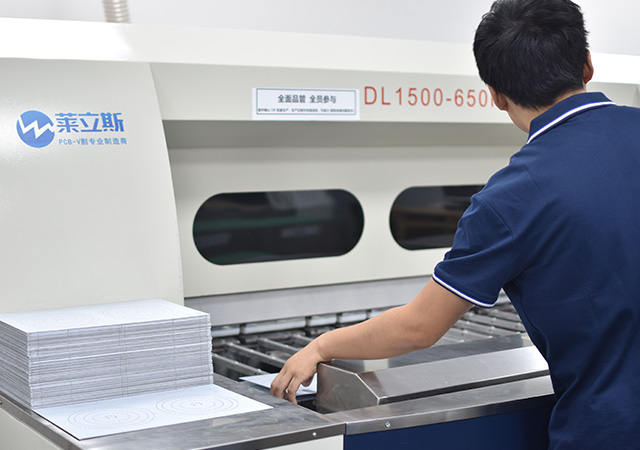
Discover how to select the best PCB manufacturer for your project needs. Learn essential tips on custom PCBs, assembly, quality, and cost considerations.
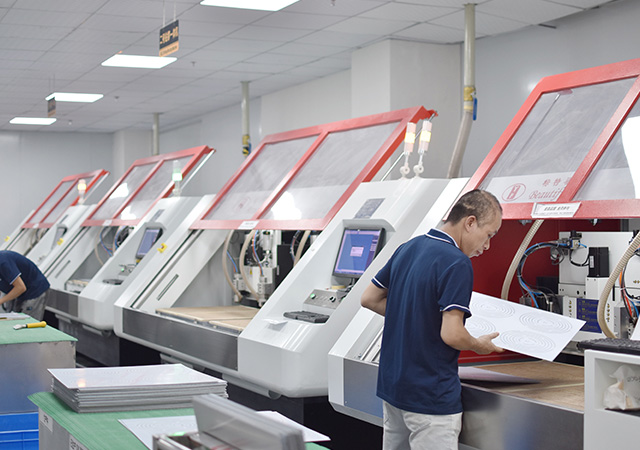
Explore the significance of blind buried via PCBs in modern electronics. Learn how they optimize space, improve signal integrity, and reduce layers in compact designs.
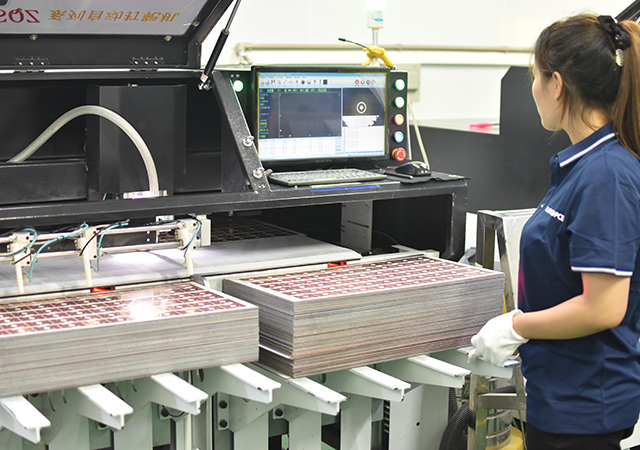
Explore the significance of 4:1 aspect ratio buried vias PCB in modern electronics. Learn how this innovative design enhances performance and compactness in PCBs.
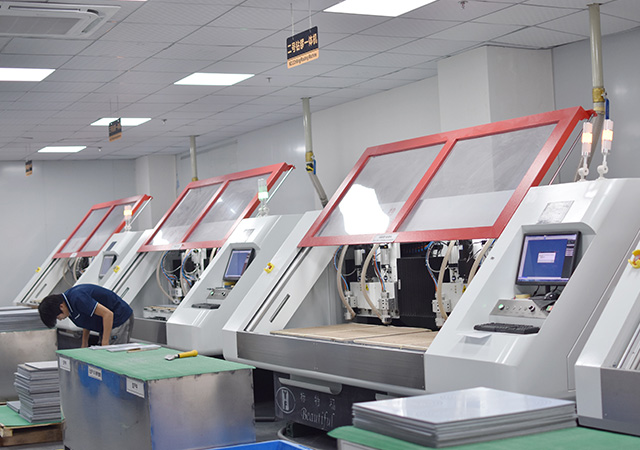
Master high density blind vias PCB design with expert tips on space optimization, signal integrity, and manufacturing for efficient electronics.
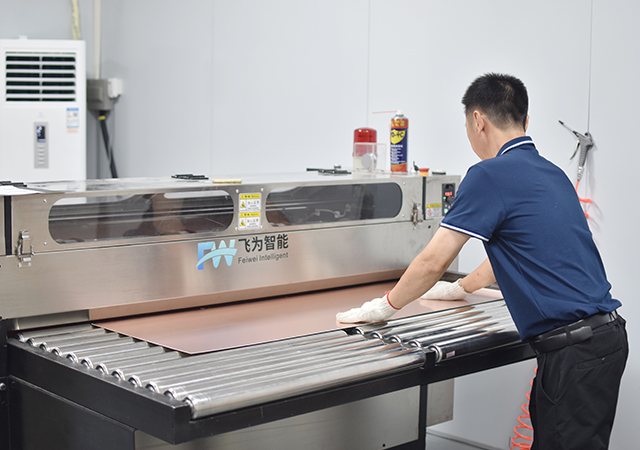
Find the perfect PCB manufacturer to ensure quality, precise design, and timely delivery. Discover factors like experience, standards, and support in our guide.

Got project ready to assembly? Contact us: info@apollopcb.com



We're not around but we still want to hear from you! Leave us a note:

Leave Message to APOLLOPCB
